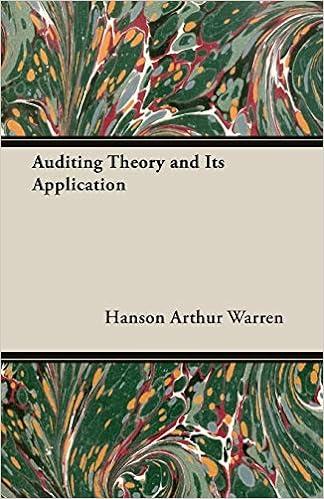

 undefined
undefined
1. (20 marks total) In this question, we modify our infinite-horizon endowment economy of LN4 to include government spending, and taxation on interest earnings. In particular, suppose in period t, the government levies an exogenous proportional tax T7 (0,1) on the HH's gross interest income Rtat, i.e., the HH pays T+Rtat in taxes in period t. Assume also that the government spends all of its tax revenue on public goods that period, so that g+ = TtRtat. For simplicity, you may assume that gt does not appear anywhere in the HH's utility function. All other features of the model are the same as in LN4. (a) (4 marks) Write down the household's budget constraint for period t in terms of its income that period (i.e., analogous to equation (2) from LN4). Combine this with the equation governing the evolution of the household's assets (i.e., equation (1) from LN4) to get the budget constraint for period t in terms of its resources (i.e., analogous to equation (3) from LN4). (b) (6 marks) Consider a two-period version of this taxation model analogous to the one in Section 1.2.1 of LN4, where s denotes savings in the first period, R denotes the gross interest rate between t = 1 and t = 2, and the government levies proportional tax t on the HH's period-2 gross interest income Rs. What is the natural borrowing limit (NBL) in the first period, i.c., what is the maximum amount the HH could borrow in the first period and still satisfy both the "debt-settling" constraint x > 0 (where x is assets at the end of t = 2) and the non-negativity constraint on consumption c2 > 0? What is the effective gross interest rate faced by HHs, i.e., the amount of extra resources they ultimately have available to them in the second period if they increase first-period savings by one unit? Letting denote this effective gross interest rate, express the NBL (c) (4 marks) Returning to the infinite-period version of the model, analogous to from part (b), define t+1 as the effective gross interest rate faced by HHs between t and t+1, and t,t+r as the accumulated value (using the sequence of 's, rather than the R's) factor. Using these definitions and the intuition you built in (b), write down an expression for t+1, as well as the HH's date-t natural borrowing limit (NBL), Ut. (d) (6 marks) Using the resources version of the HH's budget constraint from (a), set up the household's problem using the sequence-of-budget-constraints approach (NOT the LBC approach). Obtain the FOC's with respect to ct, C++1, and at+1, and combine them (eliminating all Lagrange multipliers) into a single optimality condition. Interpret the final result in words. 1. (20 marks total) In this question, we modify our infinite-horizon endowment economy of LN4 to include government spending, and taxation on interest earnings. In particular, suppose in period t, the government levies an exogenous proportional tax T7 (0,1) on the HH's gross interest income Rtat, i.e., the HH pays T+Rtat in taxes in period t. Assume also that the government spends all of its tax revenue on public goods that period, so that g+ = TtRtat. For simplicity, you may assume that gt does not appear anywhere in the HH's utility function. All other features of the model are the same as in LN4. (a) (4 marks) Write down the household's budget constraint for period t in terms of its income that period (i.e., analogous to equation (2) from LN4). Combine this with the equation governing the evolution of the household's assets (i.e., equation (1) from LN4) to get the budget constraint for period t in terms of its resources (i.e., analogous to equation (3) from LN4). (b) (6 marks) Consider a two-period version of this taxation model analogous to the one in Section 1.2.1 of LN4, where s denotes savings in the first period, R denotes the gross interest rate between t = 1 and t = 2, and the government levies proportional tax t on the HH's period-2 gross interest income Rs. What is the natural borrowing limit (NBL) in the first period, i.c., what is the maximum amount the HH could borrow in the first period and still satisfy both the "debt-settling" constraint x > 0 (where x is assets at the end of t = 2) and the non-negativity constraint on consumption c2 > 0? What is the effective gross interest rate faced by HHs, i.e., the amount of extra resources they ultimately have available to them in the second period if they increase first-period savings by one unit? Letting denote this effective gross interest rate, express the NBL (c) (4 marks) Returning to the infinite-period version of the model, analogous to from part (b), define t+1 as the effective gross interest rate faced by HHs between t and t+1, and t,t+r as the accumulated value (using the sequence of 's, rather than the R's) factor. Using these definitions and the intuition you built in (b), write down an expression for t+1, as well as the HH's date-t natural borrowing limit (NBL), Ut. (d) (6 marks) Using the resources version of the HH's budget constraint from (a), set up the household's problem using the sequence-of-budget-constraints approach (NOT the LBC approach). Obtain the FOC's with respect to ct, C++1, and at+1, and combine them (eliminating all Lagrange multipliers) into a single optimality condition. Interpret the final result in words


 undefined
undefined





